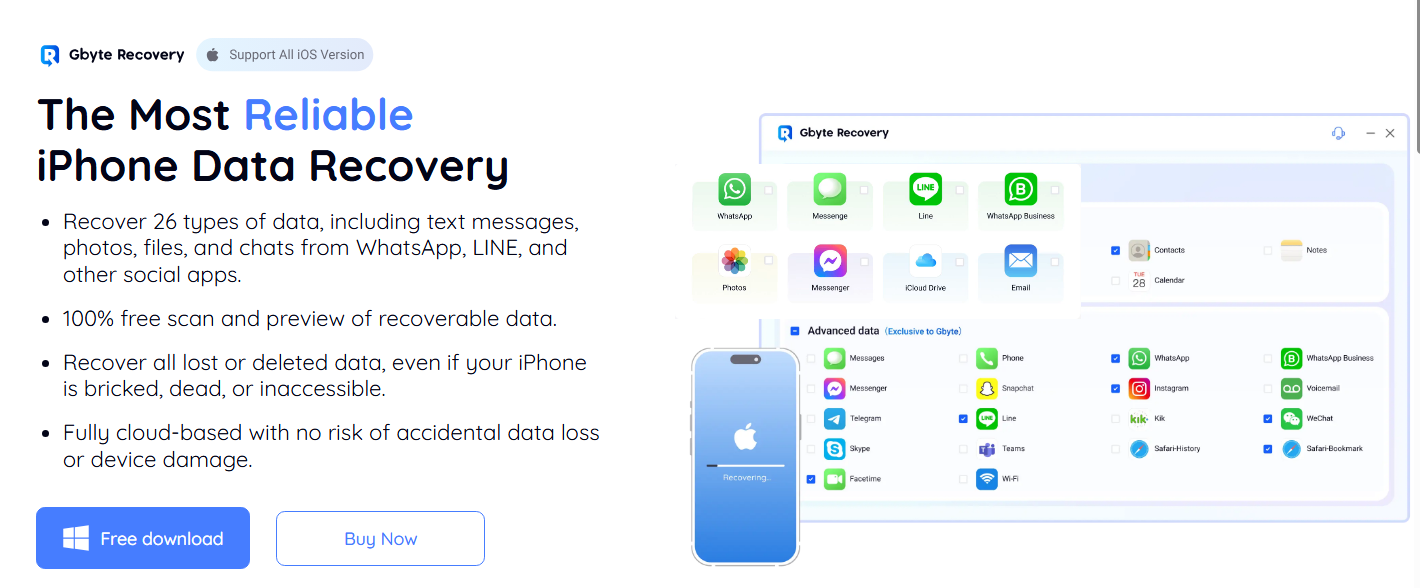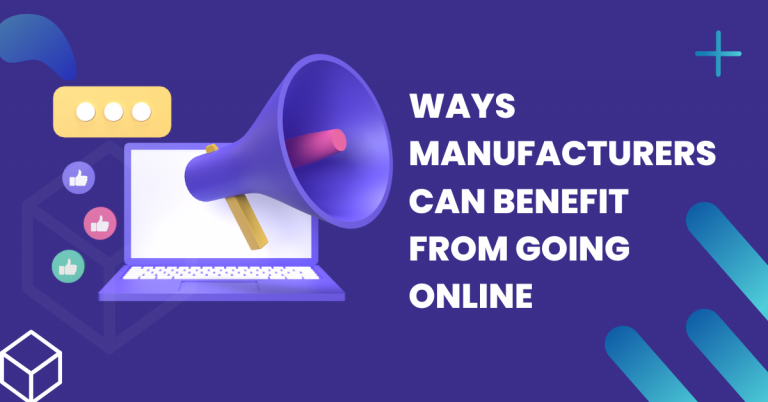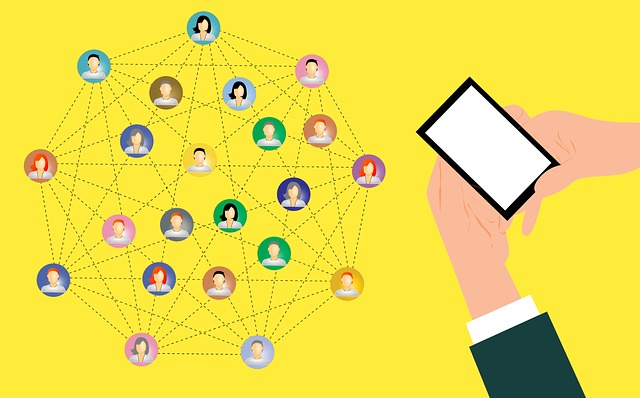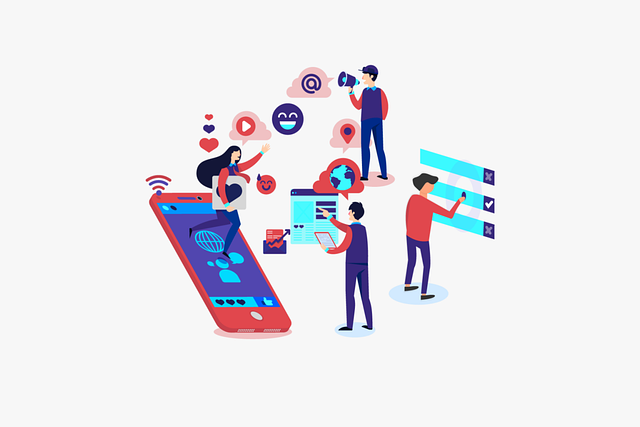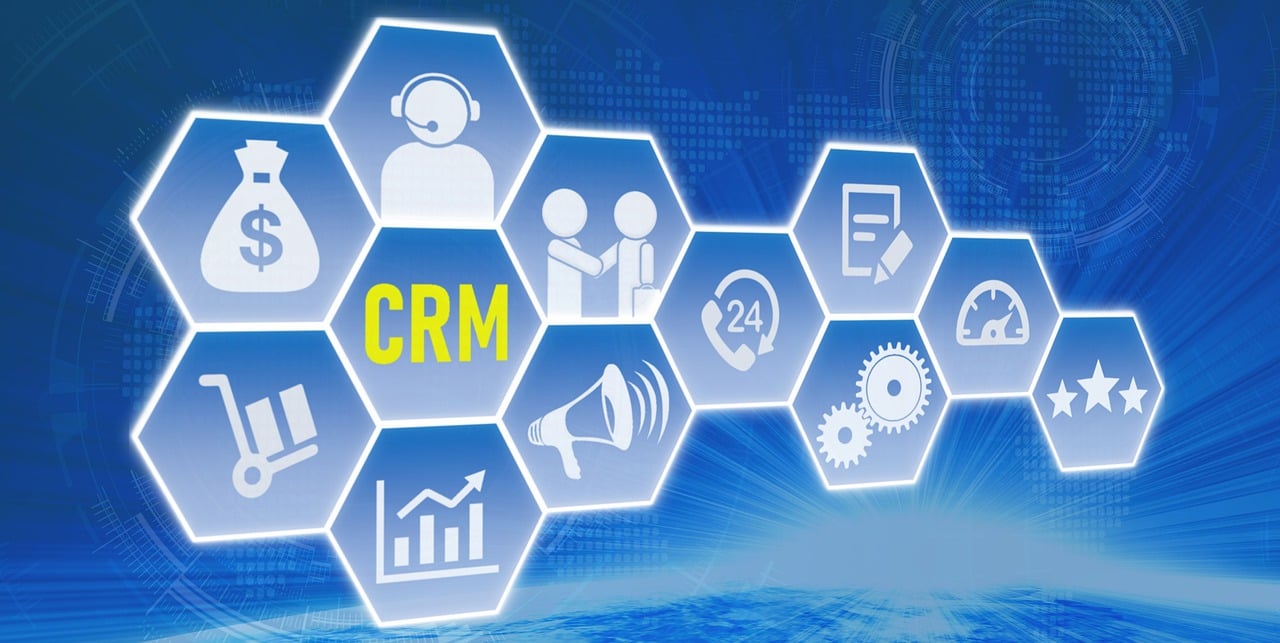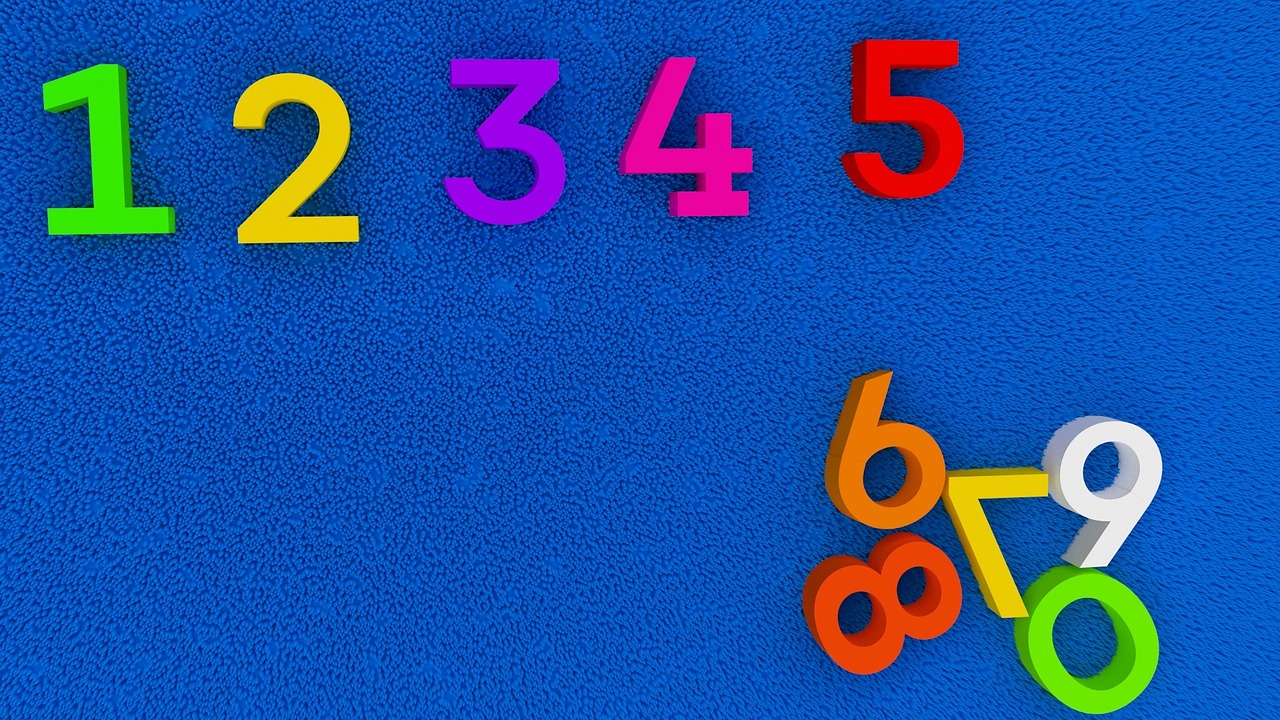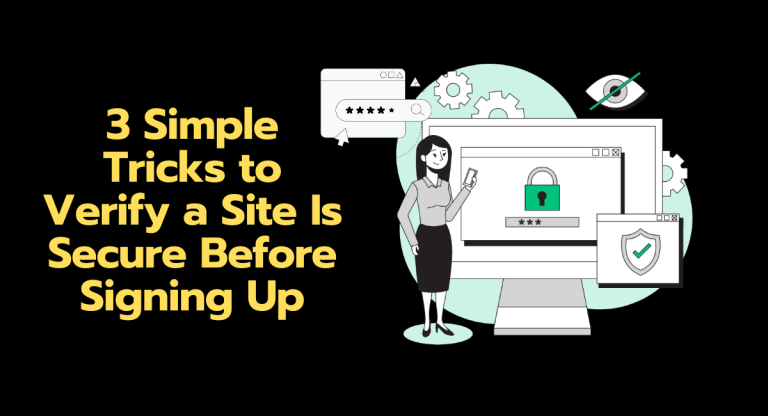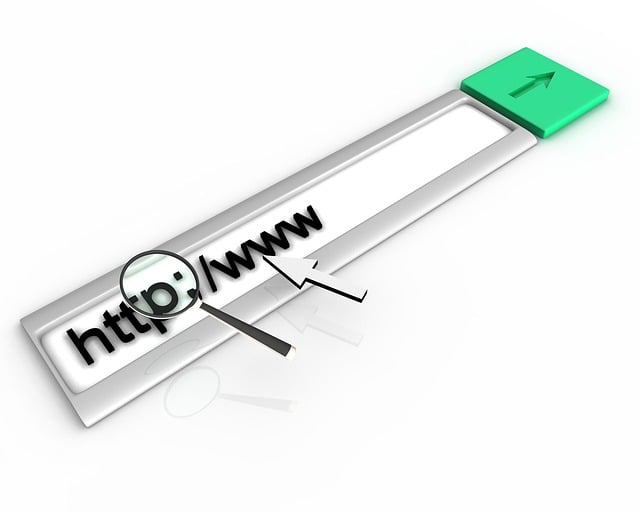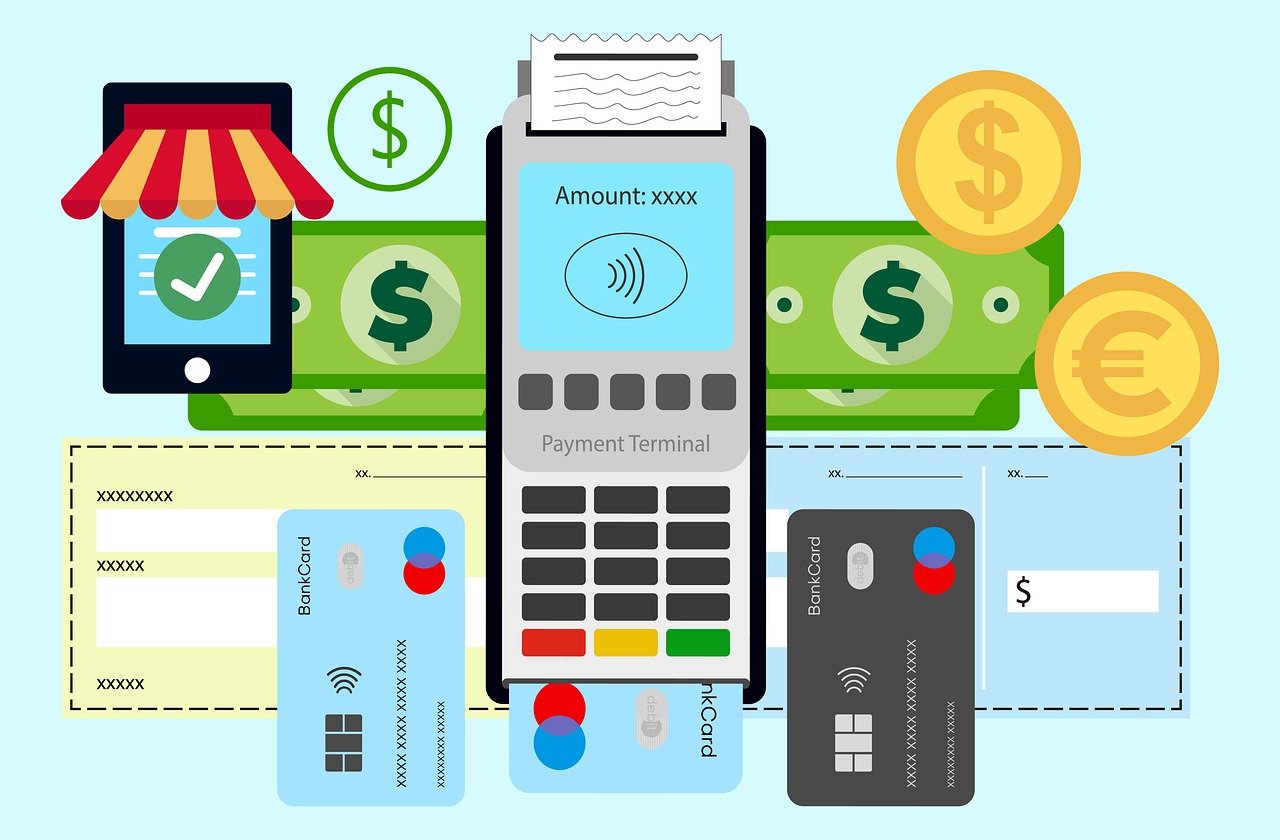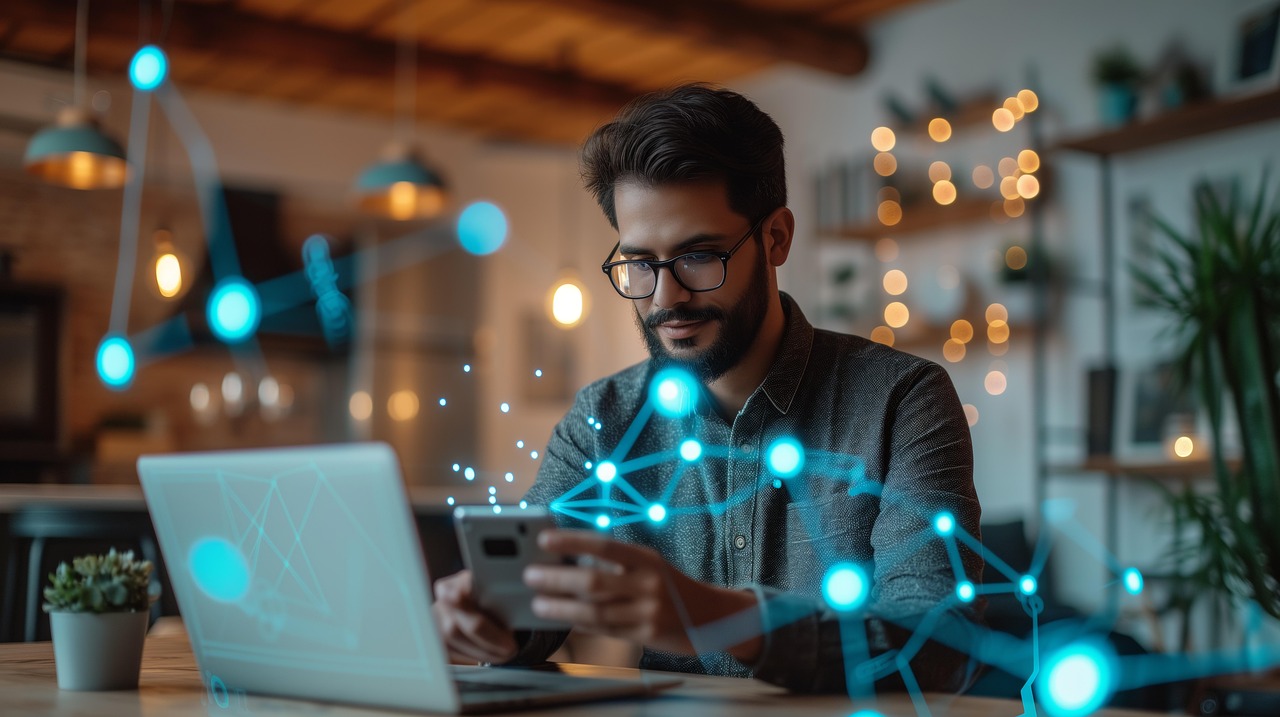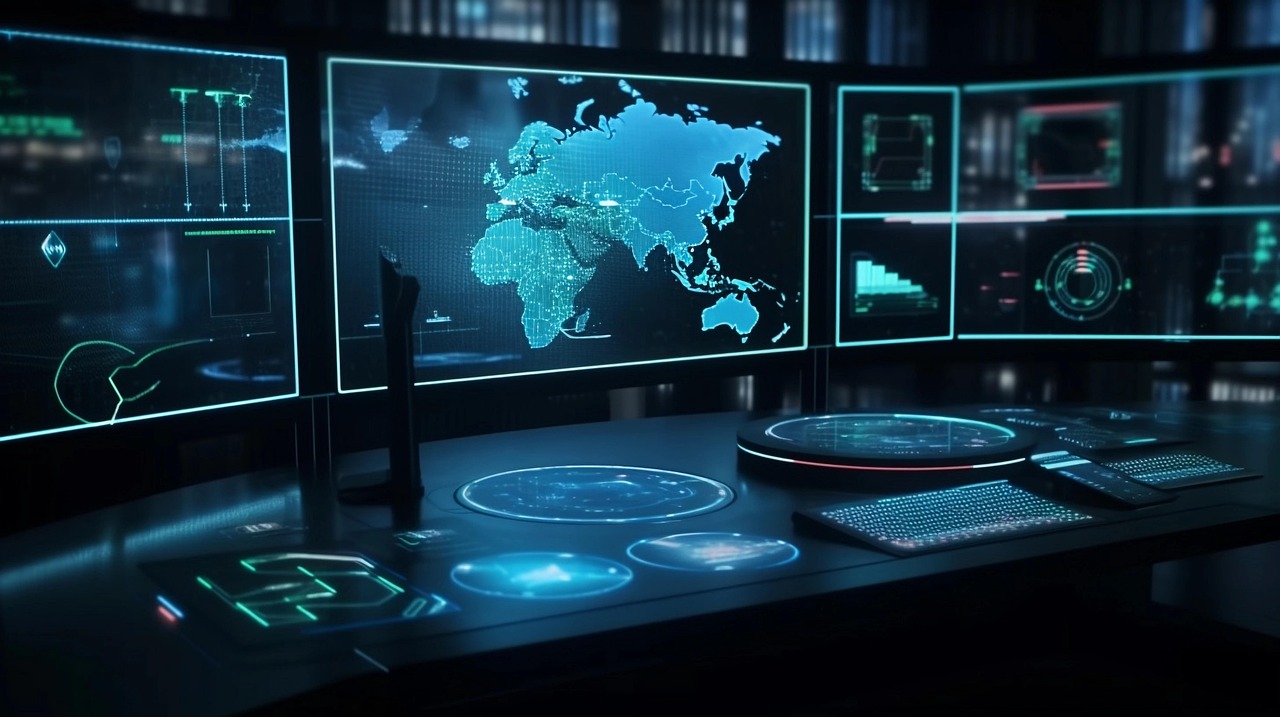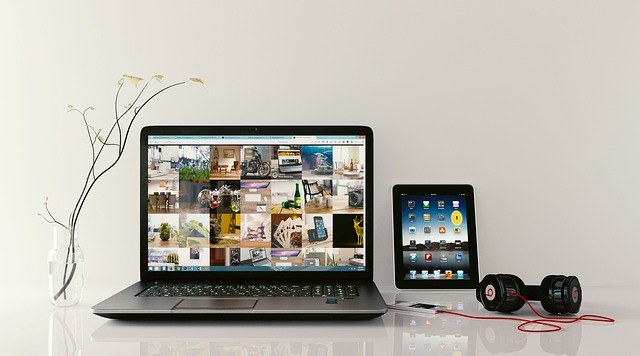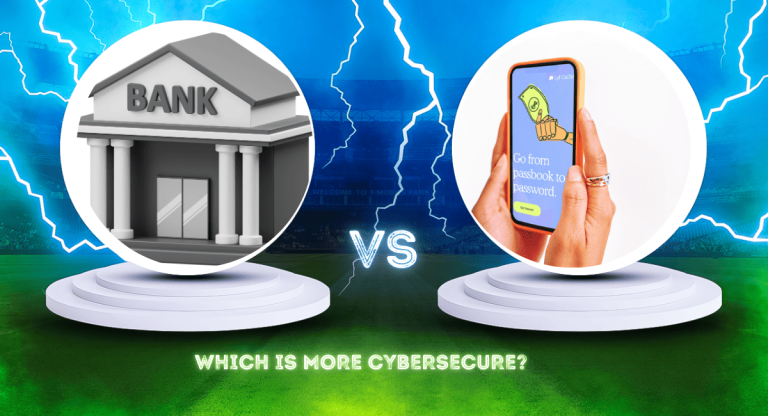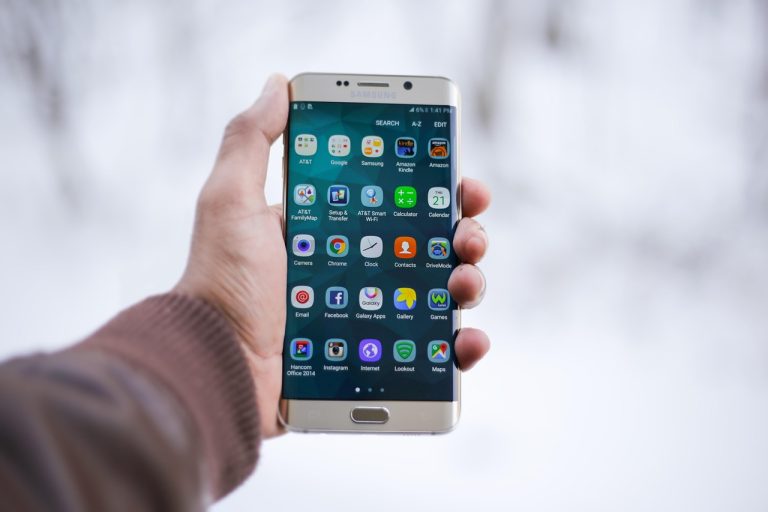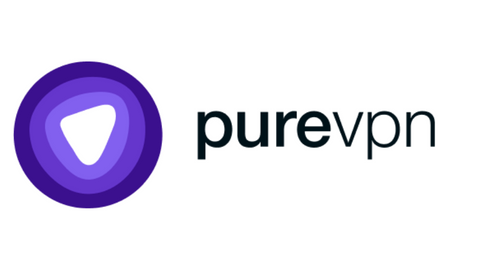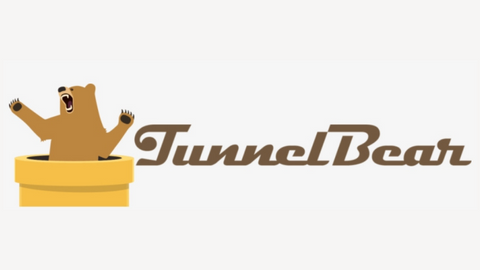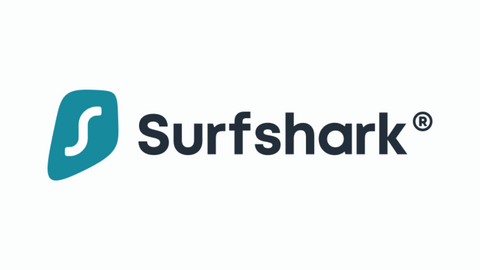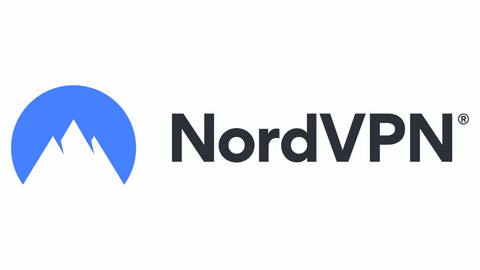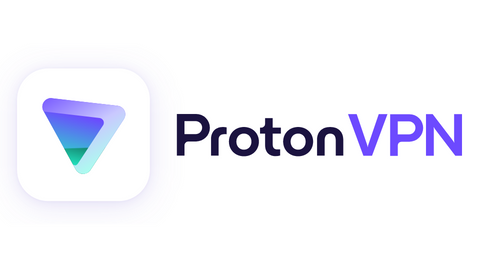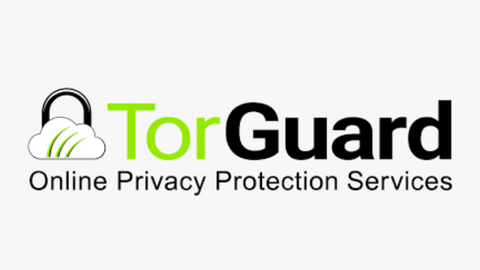Read our 2025 Gbyte Recovery Review. Discover how this tool helps you recover deleted WhatsApp messages without backup.
Few things feel as gut-wrenching as opening WhatsApp only to realize an important chat—or worse, an entire thread—has vanished. Whether it’s a heartfelt voice note, critical business exchange, or simply those daily memories that matter more than you realized, the sudden loss hits like a punch in the chest. Most guides will tell you: “Just restore from a backup.” But what if you never set one up, or the backup failed?
That’s where Gbyte Recovery steps into the story. In this review, I’ll break down everything you need to know about this iOS data recovery tool in 2025—its strengths, its weaknesses, and, most importantly, whether it’s the lifeline you’re searching for when there’s no backup to lean on.
Table of Contents
Quick Answer – Is Gbyte Recovery Worth It in 2025?
Let me cut straight to the chase: yes, Gbyte Recovery is one of the most dependable tools if you need urgent no-backup recovery. It’s fast, surprisingly intuitive, and manages to dig deep into iPhone storage in ways Apple’s native systems simply don’t allow.
I tested it specifically for WhatsApp recovery, and it consistently restored messages, attachments, and call history with a high success rate. If you’ve been frantically searching for how to recover deleted WhatsApp messages, this is the software that actually walks the walk.
| Pros | Cons |
| High WhatsApp recovery success rate | iOS only (no Android support) |
| Works without iTunes/iCloud backup | Requires stable internet for iCloud pulls |
| Supports WhatsApp Business + Messenger | Paid software, no free tier |
| Cableless iCloud login for convenience | — |
For someone who needs answers fast, Gbyte delivers a reassuring balance: powerful yet accessible.
What Is Gbyte Recovery?
At its core, Gbyte Recovery is an iOS data recovery tool built for moments of panic. Think of it as that friend who shows up with a flashlight when the power suddenly goes out—you don’t realize how much you need it until you’re sitting in the dark.
Unlike Apple’s built-in safety nets that mostly rely on backups, Gbyte was designed to rescue you when those safety nets fail. It digs into your iPhone’s storage, pulling out fragments of WhatsApp chats, photos, videos, or even call logs that you thought were gone forever. And the best part? You don’t always need a cable or even an existing backup—it can work directly through your iCloud account with encrypted access.
In short, Gbyte isn’t just another “file recovery” app. It’s a specialized lifeline for iPhone users in 2025 who need immediate answers and don’t want to waste time fumbling with outdated methods.
Key Features of Gbyte Recovery in 2025
What makes Gbyte stand out in a crowded recovery software market? It isn’t just another “scan your phone” tool. It feels like it was designed specifically for people in panic mode—because that’s often when data loss strikes.
- WhatsApp & WhatsApp Business recovery – pull back chats, attachments, call logs, and voice notes.
- Photo & video restoration – great for accidental deletions when you can’t find anything in the Recently Deleted folder.
- Messenger data recovery – useful for people juggling work and personal conversations across apps.
- Cableless iCloud recovery – no need to tether your device; log in securely with Apple ID.
- Full iOS compatibility – supports iOS 18 and the newest iPhone models in 2025.
From my experience, the most unique perk is the iCloud cableless mode. Not being chained to a cable felt oddly liberating—like the software was catching up to the way we already live and work.
Performance Test Results – How Reliable Is It?
Features are one thing, but performance tells the real story. I wanted to see not only if Gbyte could recover, but also how quickly and consistently it performed across multiple devices.
In my tests, a deep scan took around 7–10 minutes, and WhatsApp messages were restored with a 96% success rate. Photos came back slightly slower but still reliable, hovering around 92% success. That speed makes a real difference when you’re already stressed and desperate.
| Test Category | Result |
| Average scan time | 7–10 minutes |
| WhatsApp message recovery | 96% |
| Photo recovery | 92% |
| iOS compatibility | iOS 12 – iOS 18 (latest) |
| Device coverage | iPhone 7 – iPhone 16 Pro Max |
And yes, it also doubles as a lifesaver for media files. If you’ve been searching for how to recover photos from iPhone after an accidental swipe, Gbyte handles that gracefully, too. What struck me most was the balance—it wasn’t blazing fast at the expense of accuracy, but rather a careful blend of both.
Step-by-Step Guide to Using Gbyte Recovery
The beauty of Gbyte Recovery lies in how simple it feels. Even if you’re not tech-savvy, you can follow the flow without second-guessing yourself.
- Download and install Gbyte Recovery on your computer.
- Select data type – WhatsApp, photos, Messenger, or call logs.
- Scan and preview – see what’s recoverable before committing.
- Restore securely – save data back to your device or computer.
The preview feature deserves applause. There’s something oddly reassuring about seeing your “lost” messages or pictures show up in that window before you hit recover—it’s like glimpsing sunlight after hours in a storm.
Pricing and Plans – Is It Worth the Cost?
Now, let’s talk about money. Gbyte isn’t free, but then again, peace of mind rarely is. Here’s the breakdown of its pricing tiers:
- Monthly plan: $49.99
- Annual license: $99.99
- Lifetime license: $149.99 (one-time)
Compared to competitors that charge higher for fewer features, Gbyte feels fairly priced. If you’re only dealing with a one-off emergency, the monthly plan does the trick. But if you run a small business and rely on WhatsApp daily, the lifetime license pays for itself after just one scare.
Privacy & Security Considerations
I know what you might be thinking: handing over Apple ID or sensitive chats to software feels risky. I had the same hesitation. During testing, though, Gbyte Recovery consistently emphasized secure handling.
Data transfers are encrypted, and nothing is stored on third-party servers. Everything happens locally or through secure connections. At no point did I feel like my personal details were being siphoned away into some mysterious cloud. For me, that mattered just as much as the recovery results themselves.
Limitations You Should Know
No software is perfect, and Gbyte is no exception. To give you the full picture, here’s what I noticed:
- Only available for iOS users (Android folks are out of luck).
- Not free—though the trial does let you preview recoverable files.
- A stable internet connection is necessary for iCloud retrieval.
That said, these feel more like situational caveats than dealbreakers. If you’re an iPhone user, the lack of Android support doesn’t even register as a drawback.
Final Verdict – Who Should Use Gbyte Recovery?
After hours of testing, the verdict is clear: Gbyte Recovery is hands down one of the strongest iOS data recovery tools in 2025, especially if you’re stranded without a backup. It’s fast, accurate, and refreshingly simple to use.
If you’ve lost WhatsApp chats, vanished photos, or even call history and need them back urgently, Gbyte isn’t just “a” choice—it’s the choice. When your data feels gone for good, this software reminds you it isn’t always the end of the story.
INTERESTING POSTS



